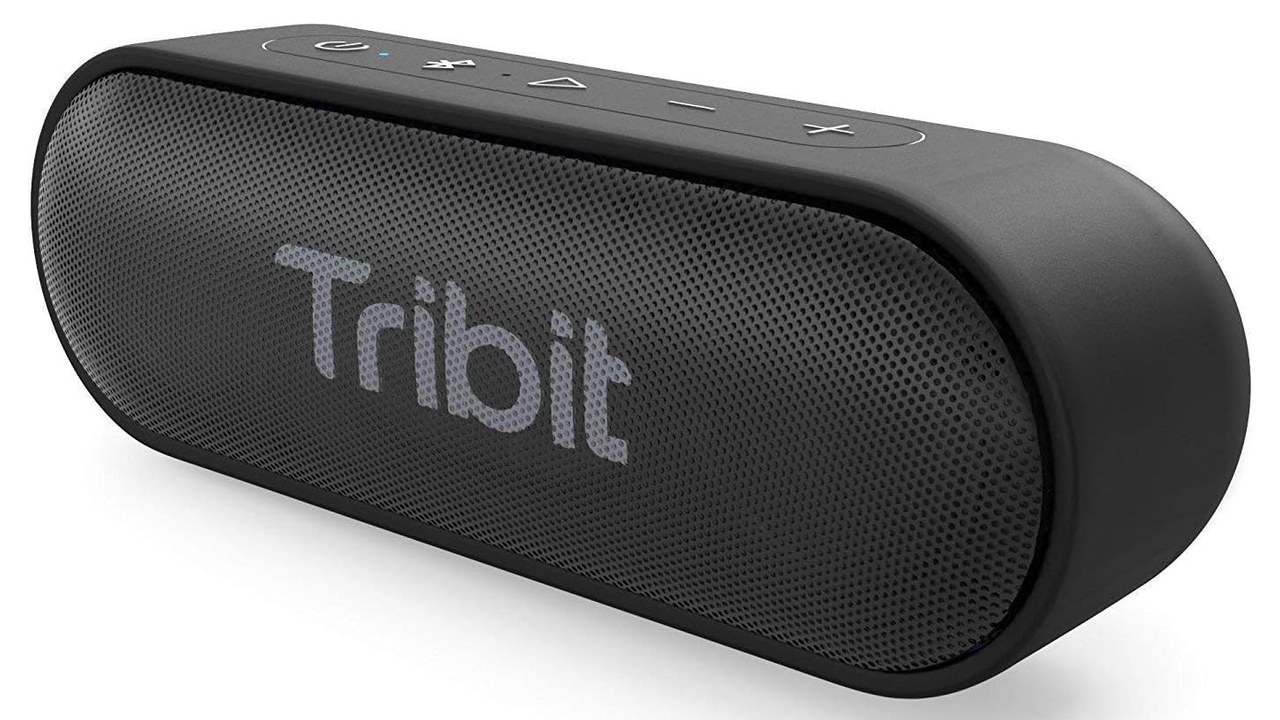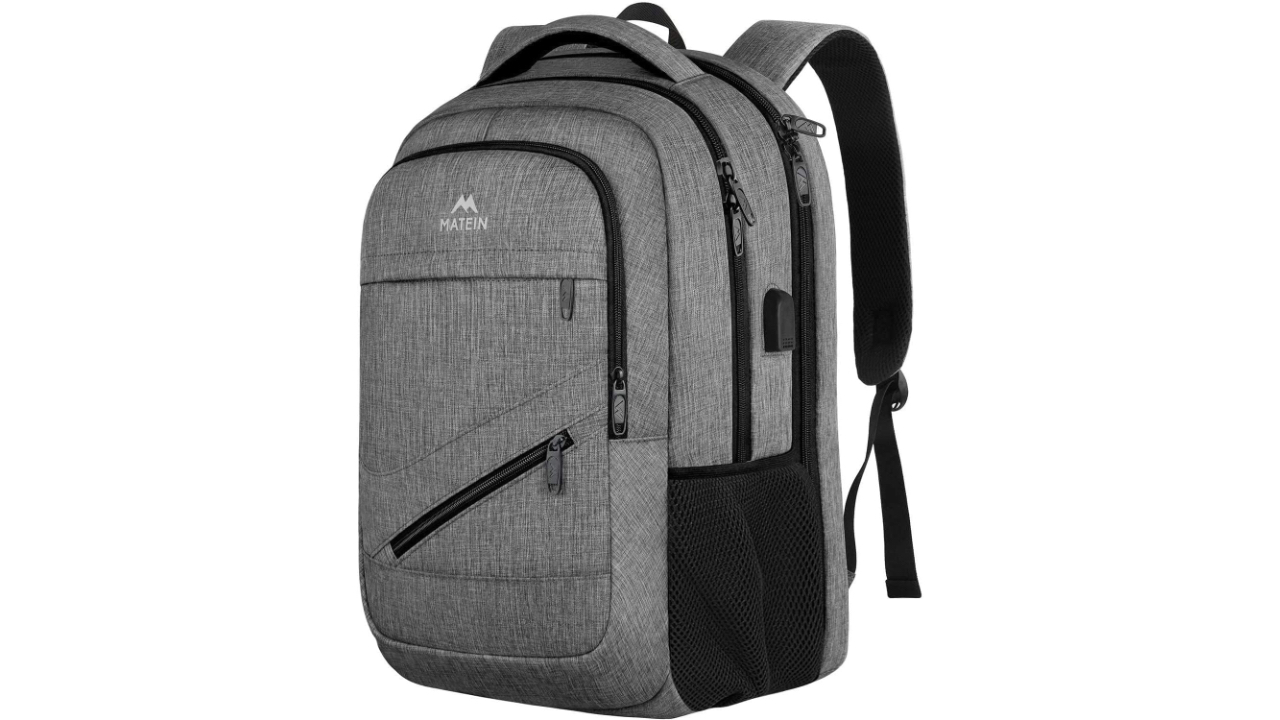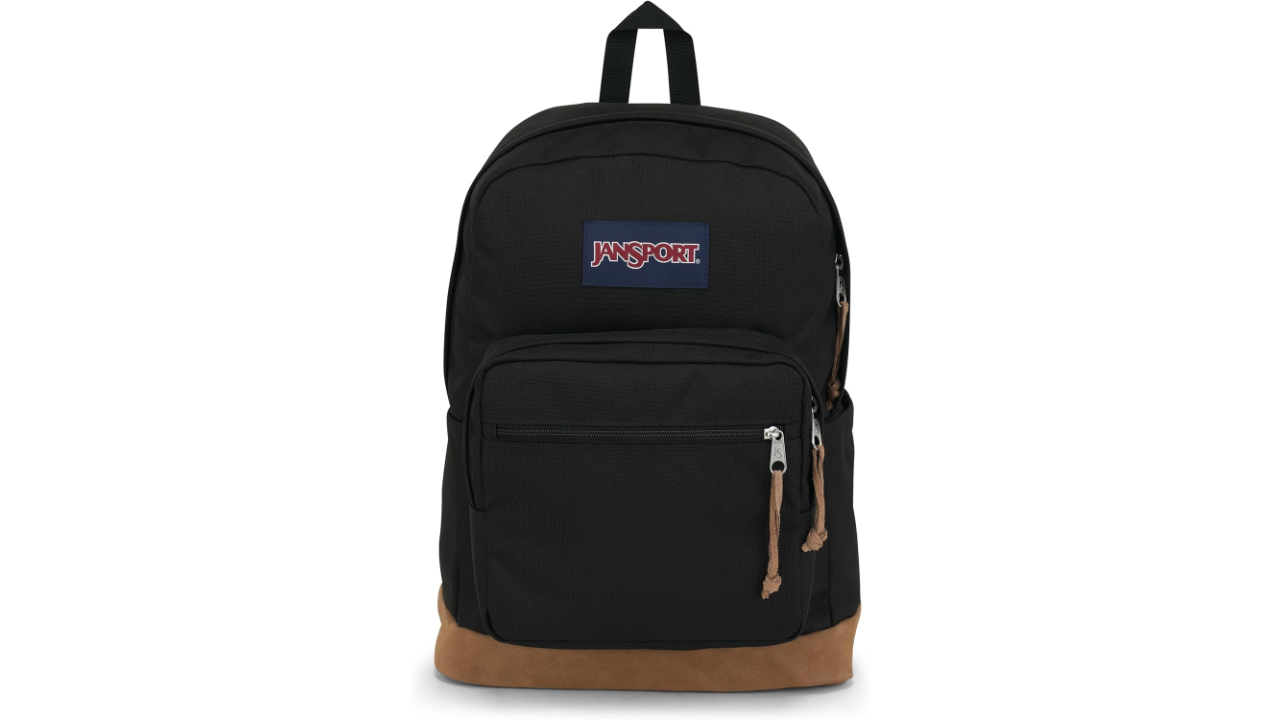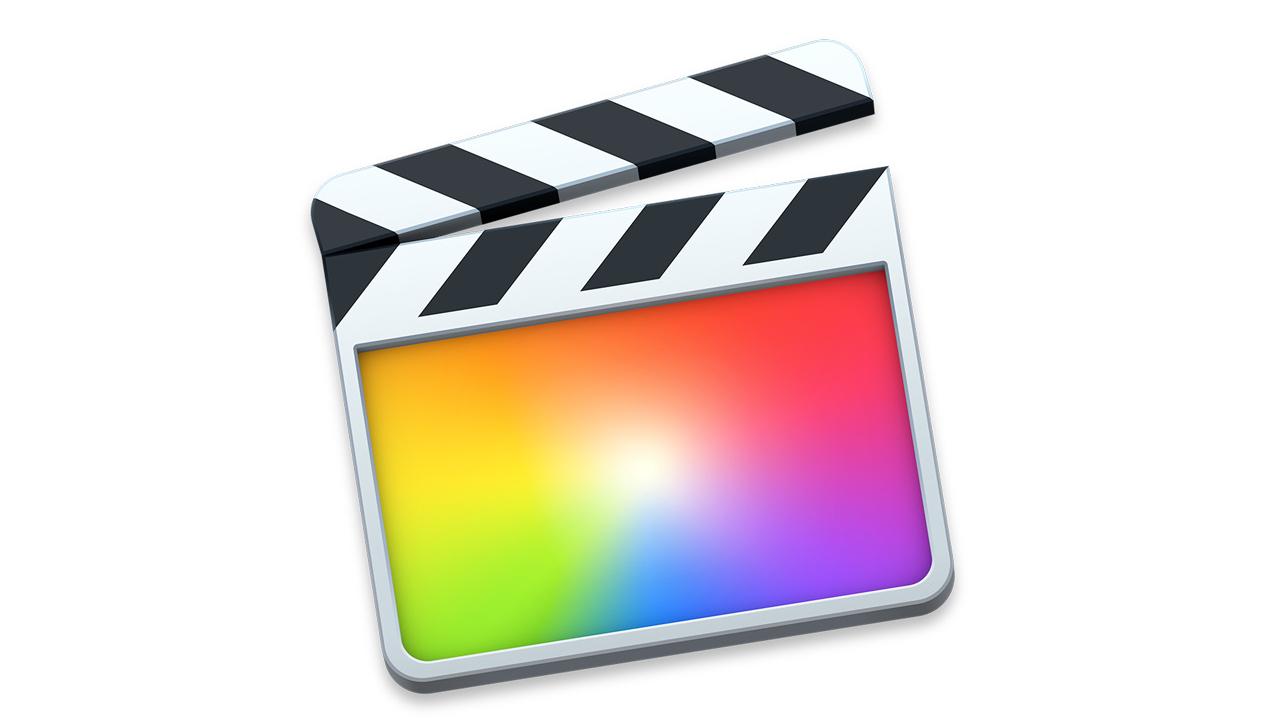Tribit XSound Go Portable Bluetooth Speaker Delivers Loud Waterproof Audio
Ain’t nothing like bumpin’ beats on the go, and the Tribit XSound Go delivers just that, crisp highs, punchy mids, and bass that won’t quit, wrapped in a waterproof, pocket-friendly package. A compact powerhouse delivering 24-hour playtime and IPX7 waterproof for under forty bucks, that’s why the Tribit XSound Go is worth your playlist’s attention.
Pros
Cons
Sound That Slays
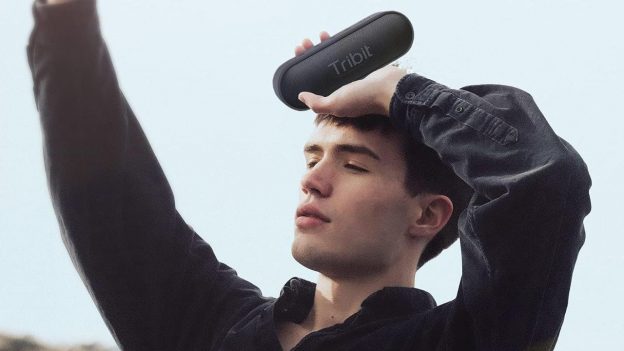
Image credit: Tribit
The Tribit XSound Go’s headline act is its dual-driver setup, two 8 W dynamic drivers flanking a passive bass radiator, that straps you into an immersive audio ride without distortion. In Custom EQ mode, the newly integrated DSP chip sculpts each frequency band so that highs sparkle and mids hit with warmth, giving you clarity at conversational volumes and attitude when you crank it beyond 80 dB. XBass mode tacks on extra low-end punch below 100 Hz, so you still feel the thump of basslines in hip-hop or EDM tracks, though hardcore bassheads might notice a slight roll-off when you slam it at full tilt.
Bluetooth 5.3 isn’t just marketing fluff: it holds a rock-steady link out to about 150 feet in open air, which means you can hide your phone under a towel on the beach and keep the party poppin’. TWS pairing elevates the vibe by linking two XSound Gos for genuine left/right stereo separation, no extra cables, no lip-sync lag. So, your backyard cook-out suddenly feels like front-row seats. And the one-press voice-assistant access taps Siri or Google when you need to skip tracks or check the weather mid-song, keeping your thumbs free for whatever else you’ve got going on.
What sets the XSound Go apart is the balance it strikes at a price point where most rivals either drown your vocals in boom or clip their drivers under pressure. Tribit’s tuning team has clearly fine-tuned the signature: vocals sit front-and-center without being shouty, highs stay crisp without harshness, and the mid-bass stays authoritative yet elastic. While you won’t fool an audiophile with resolution rivaling bookshelf speakers, you’ll turn heads when you compare this pocket-sized unit to the usual suspects in the sub-$40 bracket.
Beauty and the Build

Image credit: Tribit
Style and substance collide in the XSound Go’s matte-black chassis, where curved edges meet a minimalist grille for a look that’s equally at home on a sleek apartment shelf or a rugged campsite table. The rubberized feet keep it from skidding on slick surfaces, and that snap-shut flap over the USB-C and 3.5 mm ports screams “tactical”! It’s stiff enough to fend off splashes and brief submersion (IPX7 means you can dunk it up to one meter for thirty minutes), but you may need your nails or a coin to pry it open when you’re recharging.
At 6.7 × 2.3 × 2.2 inches and just under a pound, it slips into backpacks or tote bags without cramping your style, and the included strap loop means you can hang it off a tree branch, shower caddy, or belt loop like a tech-savvy accessory. The control buttons are delightfully tactile and laid out logically: volume up/down, track skip, power, and Bluetooth pairing all click under your fingertips without forcing you to squint at a tiny on-screen menu. LEDs discreetly signal battery and connection status, so you know whether you’re at 100 percent or scrambling to find a power bank.
Tribit has clearly iterated on their BTS20D DNA: the fit-and-finish feels more refined, the rubber edges give a reassuring heft, and the new DSP integration didn’t bloat the footprint. Little details, like the flat bottom that prevents roll-off and the snug port cover that stays shut even when the speaker vibrates, show that this isn’t a slapped-together promo model, but a thoughtfully engineered gadget molded by real-world wear and tear.
Power Moves

Image credit: Tribit
Battery life, and the promise of “all day” playback, can feel like marketing hyperbole, but the XSound Go walks that walk with up to 24 hours of continuous music on a full charge. At moderate volumes (around 60 percent), it’ll easily outlast a weekend of backyard barbecues or a full day of errands around town. A four-hour top-off via USB-C gets you back to blister-free levels quickly, so you can bounce from morning coffee runs to late-night podcasts without hunting for an outlet.
In the connectivity arena, the Bluetooth link rarely flinches, even through multiple walls or floors. Some folks have reported intermittent volume-control quirks, where the phone’s volume slider goes silent and you need to re-pair, but a quick firmware bump from Tribit has smoothed that wrinkle for most users. Once you’ve got that stable bond, toggling between devices is as simple as hanging on the multifunction button to reset pairing mode and tapping “Tribit XSound Go” on your next gadget.
Speakerphone chops exist but aren’t the star of the show: you’ll get intelligible voice pickup in quiet rooms, but don’t expect noise-cancelling miracles on windy patios. The built-in mic handles incoming calls with basic competence, fine for an impromptu chat, but if you’re running a remote meeting or need studio-style clarity, you’ll want a dedicated headset. For pure music and casual calls, though, it’s a welcome extra in an otherwise music-first package.
Extras and Edge
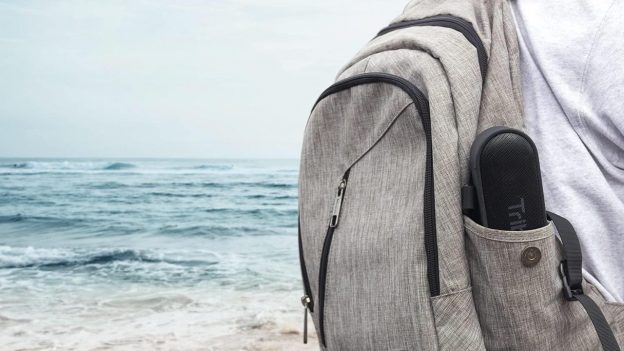
Image credit: Tribit
If you’re canvassing options, the Tribit XSound Go undercuts rivals like JBL’s Clip 4 or UE’s Roll 3 on price while matching, or in some areas exceeding, them on specs. You trade away AAC/AptX codec support, but music fans on SBC streams will hardly notice. And hey, in the battle of “who survived more accidental drowns,” the XSound Go has earned its street cred, drops, pool splashes, even a surprise shower plunge haven’t fazed it.
There’s no built-in MP3 player or microSD slot, so pairing with a phone, tablet, or laptop is mandatory. An aux-in jack lurks under that waterproof flap, but you’ll need to bring your own cable if you plan analog connections. Tribit’s customer-service hustle has gotten props: firmware fixes, prompt RMAs for mismatched TWS units, and genuine follow-up emails suggest they stand behind this hardware, which isn’t something you see at every budget tier.
Evolution from the BTS20D is subtle but meaningful: DSP enhancements yield cleaner audio, Bluetooth 5.3 boosts stability and range, and minor chassis tweaks sharpen the overall user experience. If you’ve been eyeing sub-$40 speakers but balked at middling sound or flimsy build, the XSound Go bundles just enough premium DNA to feel like a grown-up choice, without the premium price.
Conclusion: Should You Buy the Tribit XSound Go?
If you’re after an affordable, portable, waterproof speaker that punches well above its price class, the Tribit XSound Go is your new sidekick. It nails audio fidelity, stamina, and ruggedness while staying svelte and stylish. Tech-savvy beachcombers, backyard DJs, and urban commuters alike will appreciate its blend of performance and portability. Skip the fluff, grab the XSound Go, and let your soundtrack slay all day.

